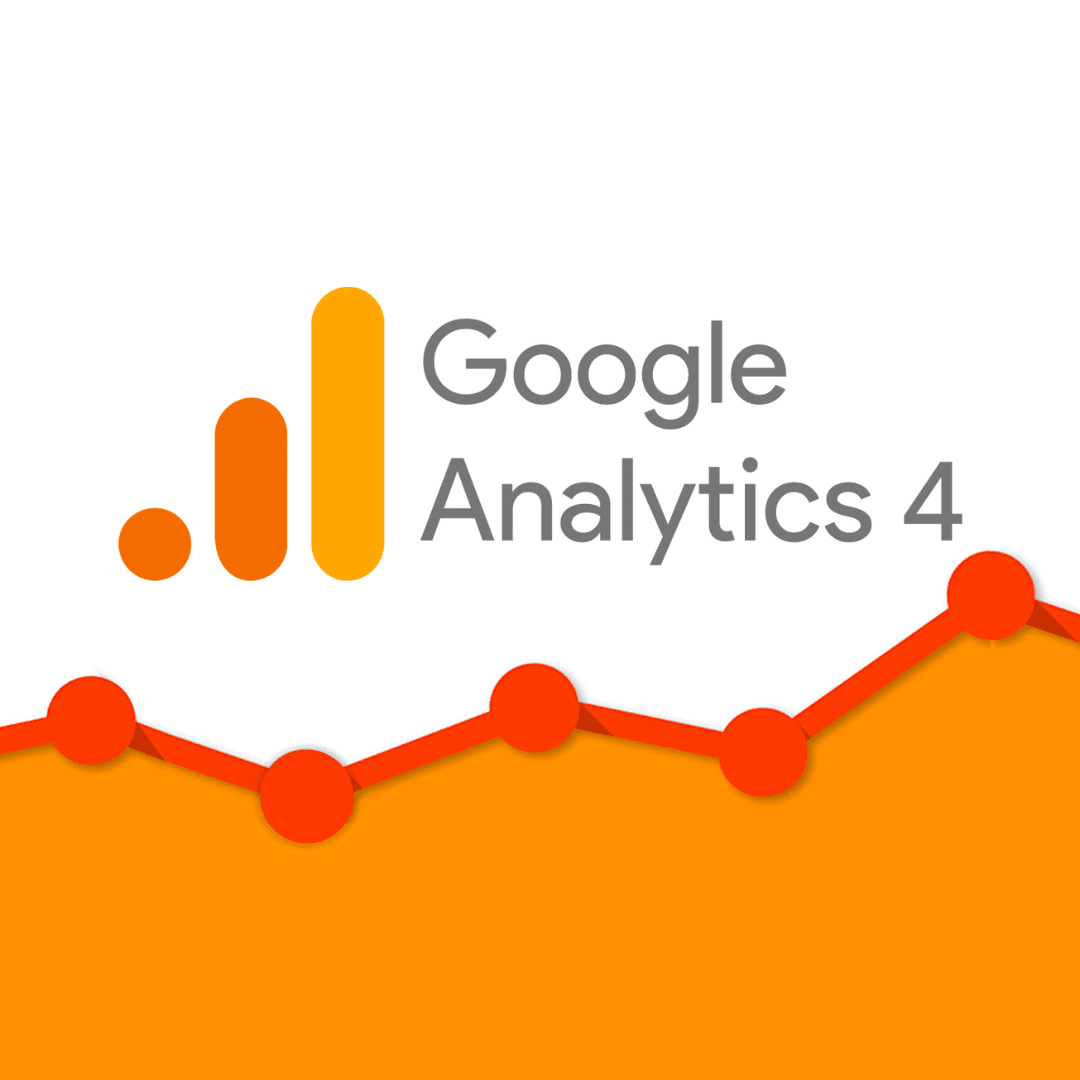Google Analytics 4 has been around for a while now, offering a new analytics option for Google users in place of Google’s Universal Analytics product. However, Google recently announced that Universal Analytics will be sunsetting in June 2023, which means that now all Analytics users will be shepherded to the new Google Analytics 4 product.
So while some users may already have their hands dirty with Google Analytics 4, Google expects an influx of new users–many of whom will have no idea what it even is that they’re upgrading to. So here’s a quick rundown of what Google Analytics 4 is, and why it’s a powerful opportunity to improve your web performance and digital marketing.
What is Google Analytics 4?
As the name implies, Google Analytics 4 is the fourth generation of the Google Analytics product, which is Google’s platform for tracking and analyzing data about visitors and customers to your websites and e-commerce platforms.
Known as GA4, Google Analytics 4 replaces the previous generation of Google Analytics, called Universal Analytics. But with that product being sunsetted this summer, GA4 will now be the default and only Google Analytics option available to digital marketers and web developers.
While a lot of professionals are understandably wary of going through a mandatory changeover from a product that they’re so used to, the good news is that Google Analytics 4 offers some powerful new features that will allow for more effective analysis than ever before–as long as you’re committed to learning and using them to their fullest.
Google Analytics 4 is now entirely events-based, and more customizable than ever
In past iterations of Google Analytics, page view reigned supreme–that is, users were primarily fed session-level data that showed them what pages people visited, from where, for how long, etc. While this data was certainly useful, power users knew that the real effective analysis came from events: specially-defined instances that tracked particular site visitor interactions such as link clicks, product purchases, or page loads.
And now with Google Analytics 4, events are the only method of seeing data. While this feels like a big change, it’s really an opportunity to interact with your data on a whole new level. Rather than having to infer consumer intent based on what pages they visited, your default is now to track specific actions they’ve actually taken. This allows you to feel more confident in your data and to make more effective decisions about your digital marketing strategies.
GA4 offers cross-platform tracking and better product integration
One of the other big headline changes in Google Analytics 4 is cross-platform tracking. This means that now organizations are able to track user activity across not just websites or apps, but both simultaneously–and it also integrates with other Google products such as Google Ads and BigQuery.
In 2023, the consumer journey is rarely limited to just one platform. Someone may check out a website to research a product, only to end up purchasing through an app–or vice-versa. In the past, this was a real pain from a web analytics perspective, as it was next to impossible to track a single user across these multiple platforms with any degree of confidence.
But with Google Analytics 4, web marketers can follow a user’s journey from interest to final purchase across whatever platforms they decide to use–a hugely powerful tool that finally allows our tracking capabilities to catch up with real-world consumer behavior.
The new Google Analytics has increased machine learning capabilities
AI and machine learning are huge buzzwords in the tech community right now–sometimes resulting in flash-in-the-pan products with no substance, but other times offering real, serious opportunities for improving your business.
In the case of Google Analytics 4, machine learning has been integrated to offer strong predictive insights that give you a much stronger sense of what to expect from your consumers and much greater confidence that your marketing dollars are being spent in the right place.
With GA4’s predictive insights tools, you can make large-scale marketing decisions driven by real data, without needing to invest huge labor hours in brute-force data analysis. Google Analytics 4 can help predict powerful metrics like churn rates, purchase probability, and even revenue generation–so you know that your marketing budget is being put towards efforts that will most likely pay off rather than wasting money on speculation and guesswork.
It’ll take time to learn all the new features in Google Analytics 4
Of course, this is just the tip of the iceberg with Google Analytics 4: GA4 offers countless other benefits and upgrades, from clean integration with Google Data Studio to help make your data pretty, to compliance with all the most recent consumer privacy laws so that you don’t need to worry about crossing any legal lines.
This will all take plenty of time to learn, of course–but it’s worth it. If you can buckle down and get a handle on GA4, you’ll find plenty of opportunities to improve your digital marketing and your web analytics overall.
But not all businesses have the time to learn a massive new platform–especially small or local businesses that may not have a giant marketing department. That’s why Skol Marketing’s Minnesota-based team is here to help. To learn more about how we can help you take advantage of Google Analytics 4 to improve your business, please don’t hesitate to contact the local Google experts at Skol Marketing.





